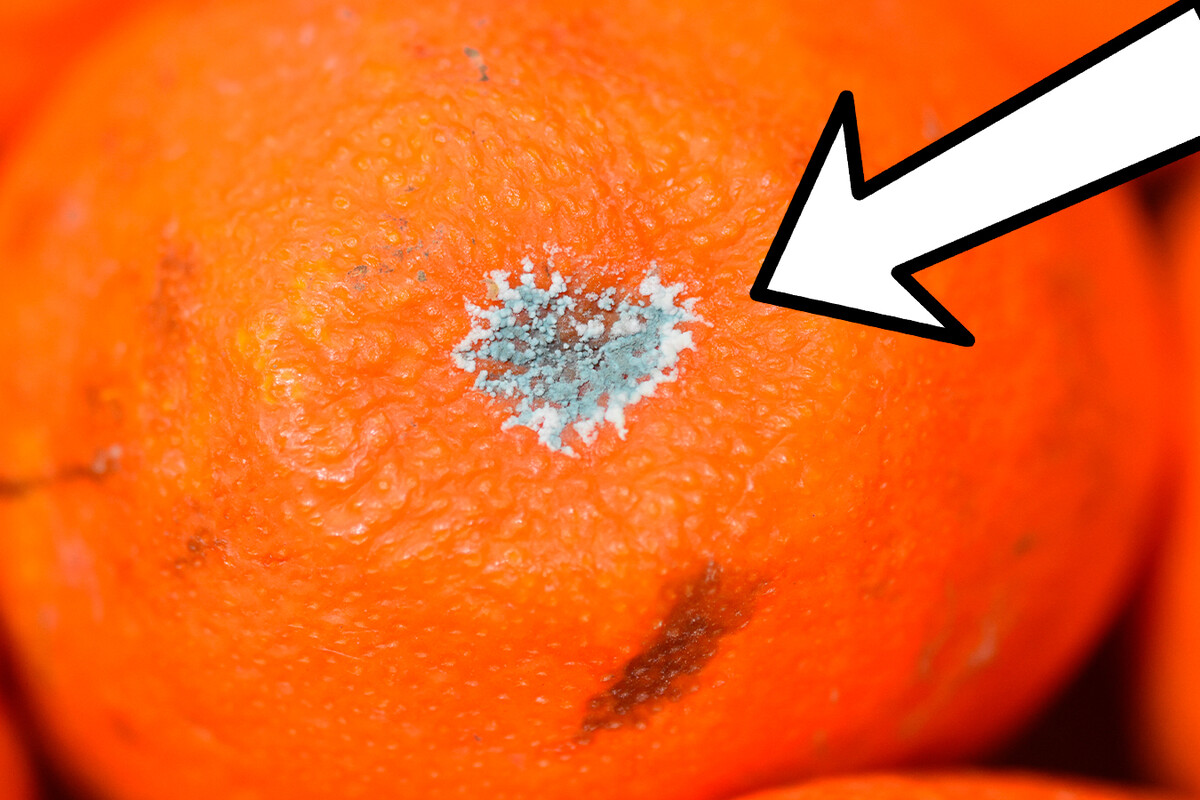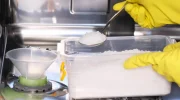Eating is easy… the hardest part is the whole process leading up to it. We already know ways to detect that some foods are overcooked, as well as alternative ways to use spices in food. The aim of all this is to give you reliable information on how to have safe, ready-to-eat meals in your home.
And one of the biggest enemies in your kitchen is stale food. We now know many ways to identify spoiled food, for example by smell, colour or texture. As for the latter, some foods have an even greater evil – mould, that strange greyish texture that spoils fruit and vegetables and, if you’re not careful, even your health.
What is mould and why does it occur?
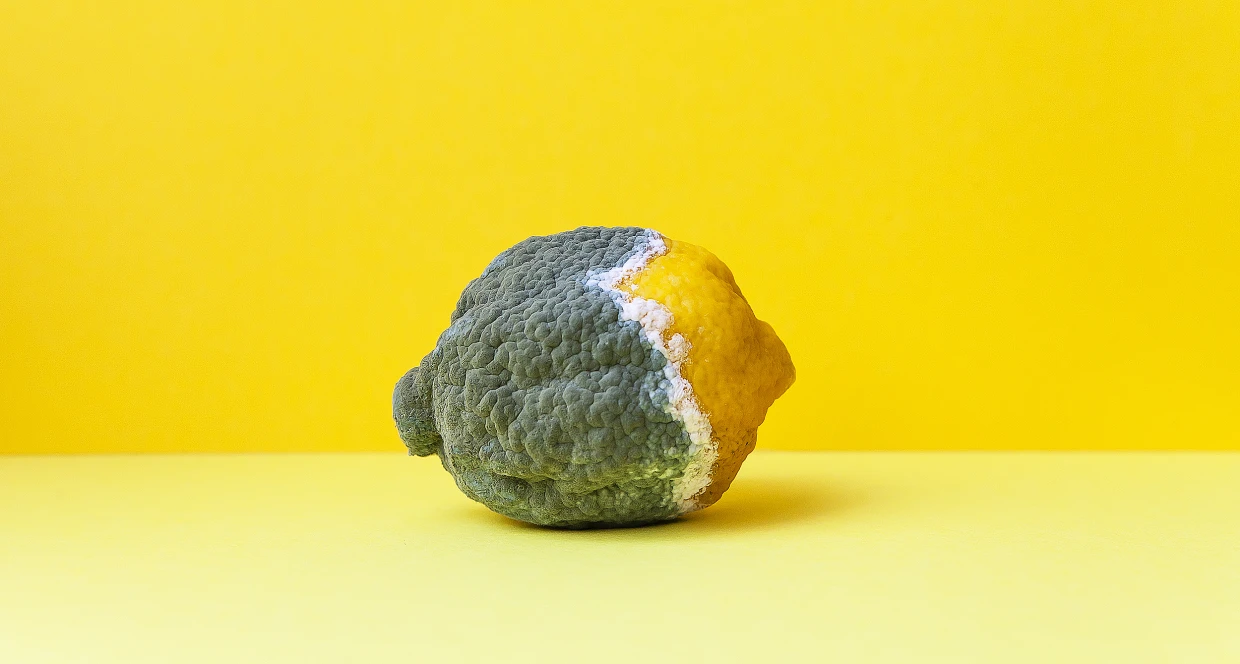
Mould is a type of fungus found in almost all environments with moisture and oxygen. These organisms can breed in the harshest of environments, including everything from sour brine in cucumber juice to grout in bathroom tiles. However, not all fungi found in food are visible.
However, mould is not a villain but rather an anti-hero. This is because they often help to remove dead matter from the substrate and also help recycle nutrients into the environment. They are practically everywhere and grow in organic matter such as soil, foodstuffs and plants. It is also important to note that moulds can be very useful, but not in our food.
In order to reproduce, moulds produce spores that are spread through air, water or insects. These spores act as seeds and can encourage the growth of new moulds if the conditions are right. Interestingly, they reproduce under the right conditions, they just need enough moisture, so one of the recommendations to avoid this is to store food in a vacuum.
What happens if I eat food covered in mould
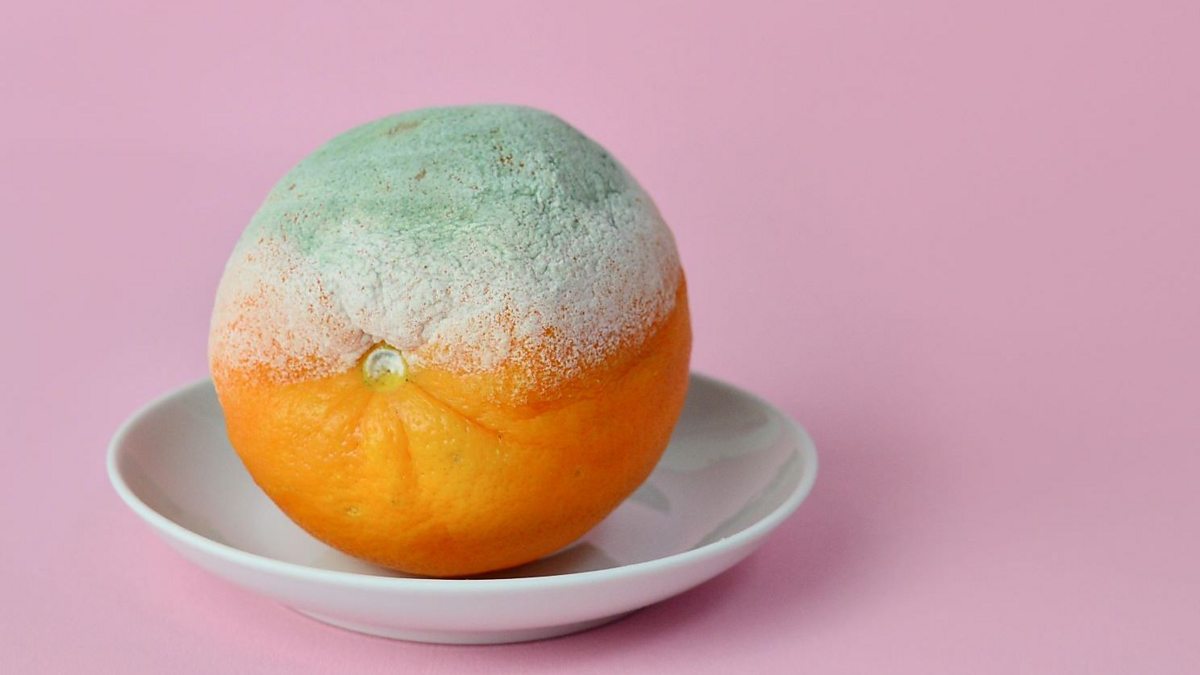
Before mentioning the consequences of eating mouldy food, you should be aware that there are several types of fungi, including many that can enter the pantry. For example, Penicillium, which grows on apples; Aspergillus, on grapes and coffee, although in this case they produce mycotoxins, large quantities of which can cause poisoning or kidney damage.
Aflatoxins and mycotoxins may also occur in peanuts, tree nuts, maize, rice, figs and other dried foods, spices, crude vegetable oils, cocoa beans and cereals. These fungi can cause liver cancer if exposed to them regularly.
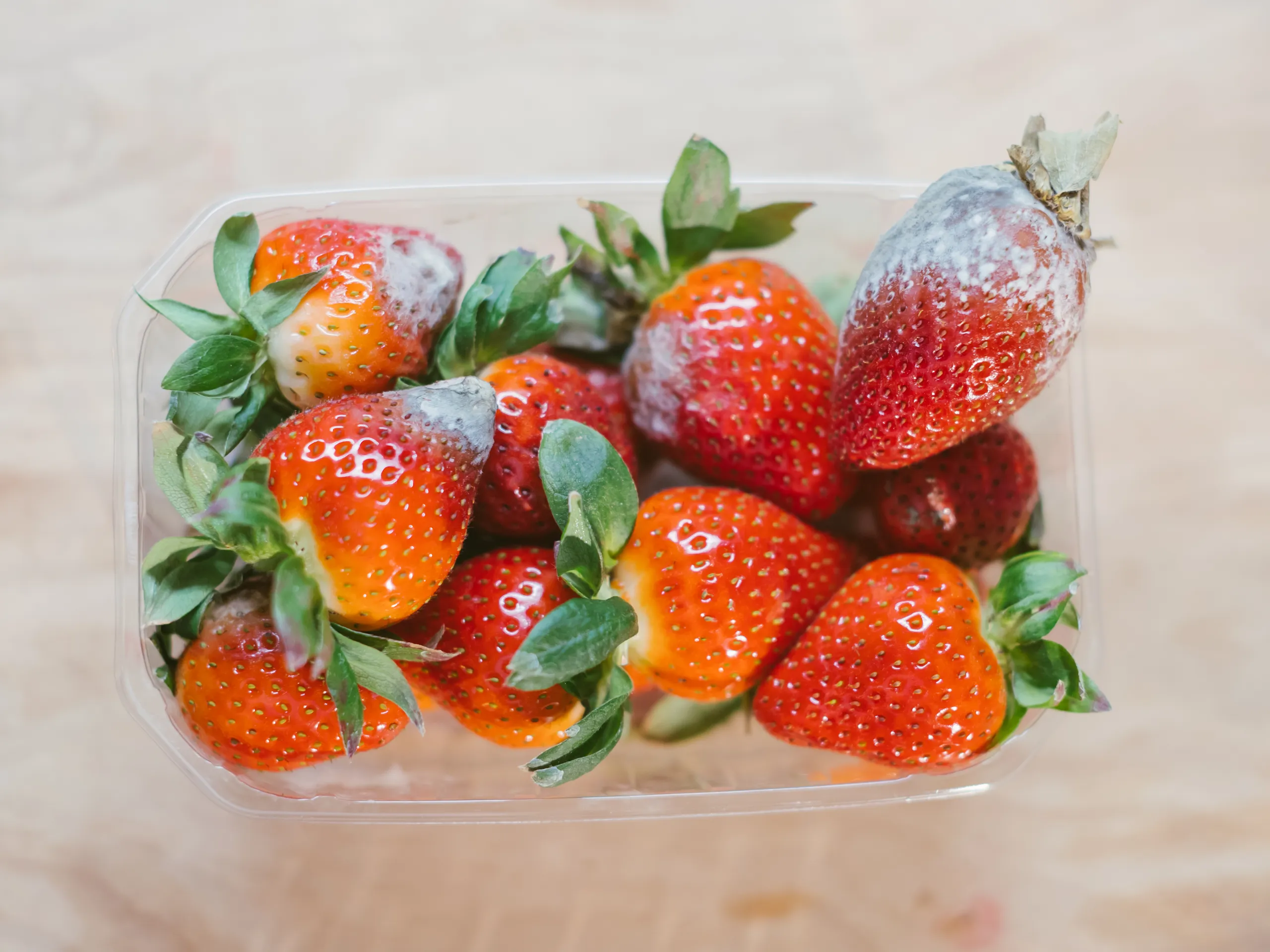
Most of the moulds that grow visibly on food are harmless, but it is impossible to distinguish which are dangerous and which are not. Accurate identificationrequires microscopic observation and other laboratory methods. If you find these moulds on almost any food product, it is best to throw it away, as it probably also contains bacteria and is past its expiry date.

